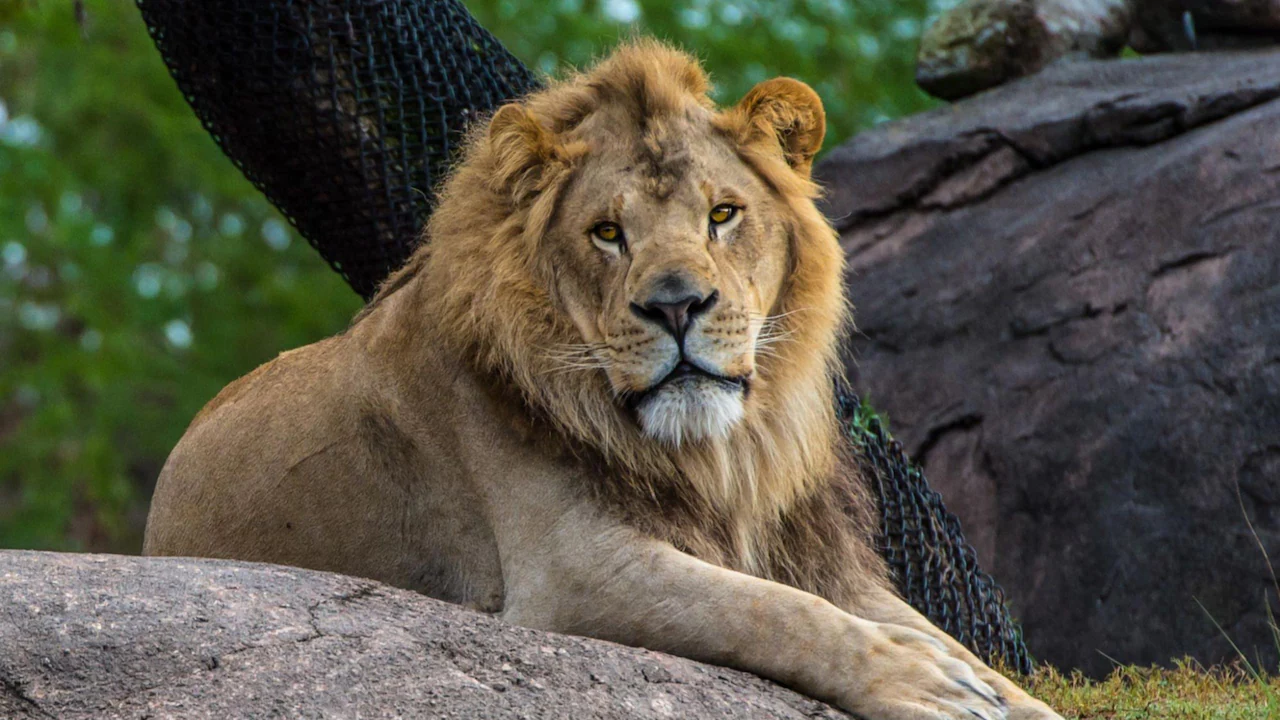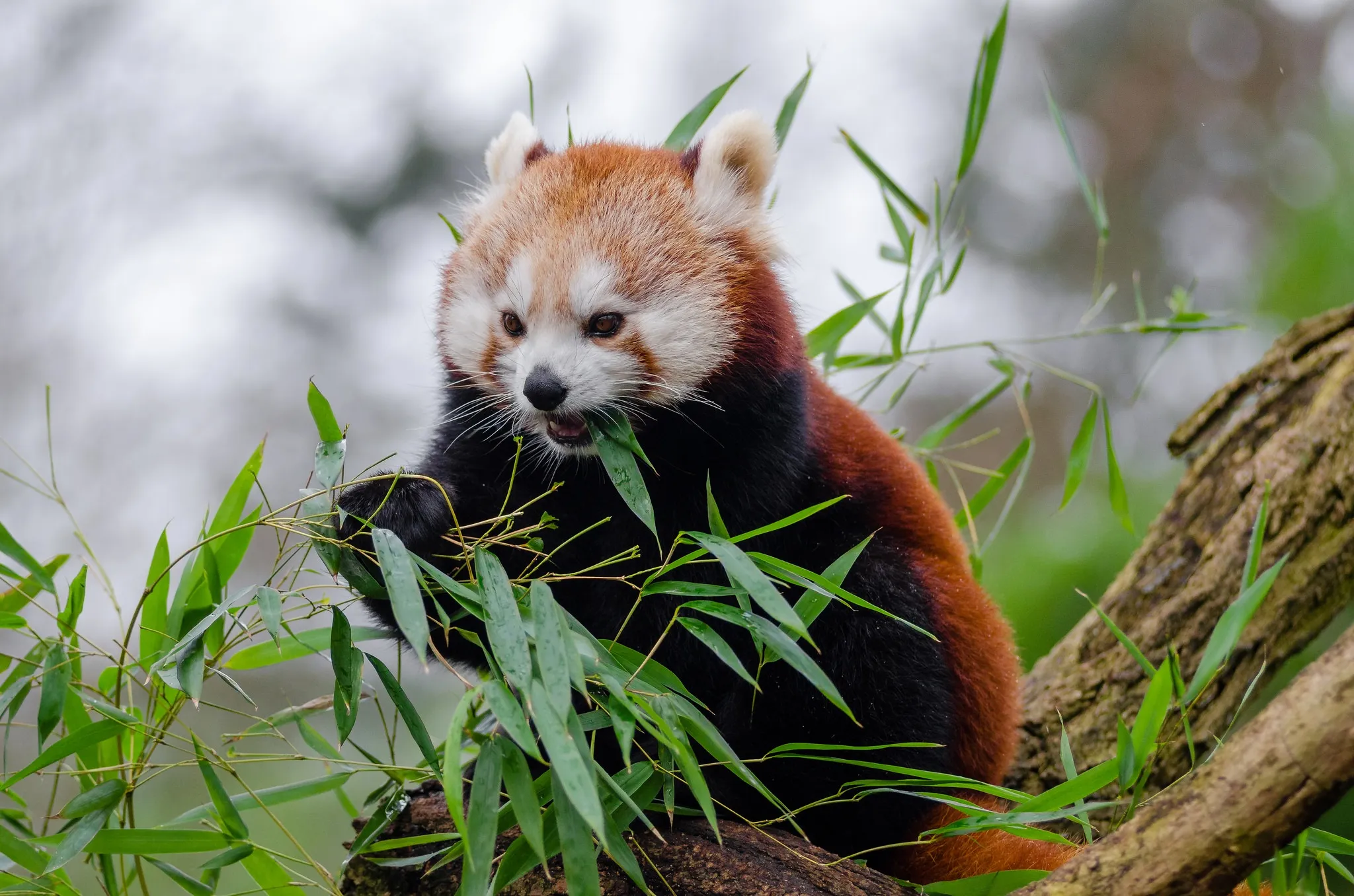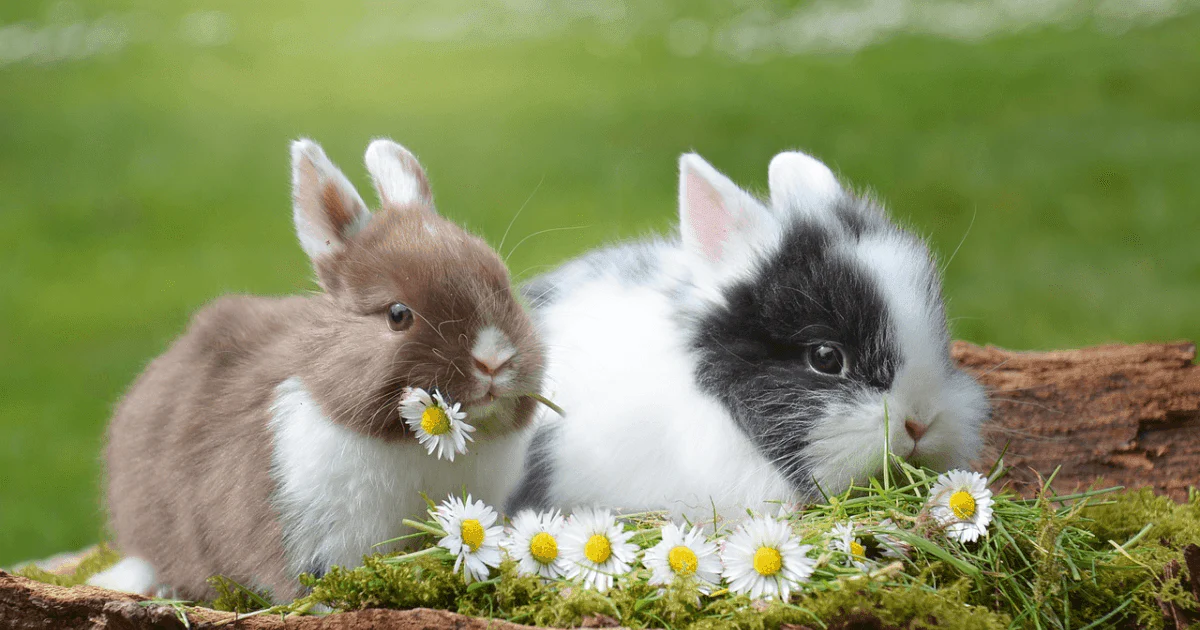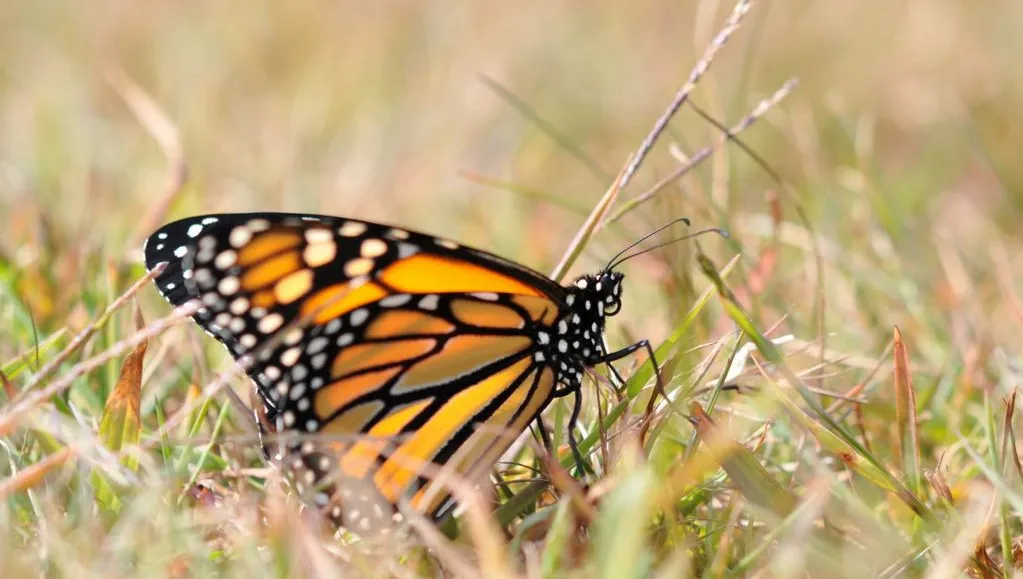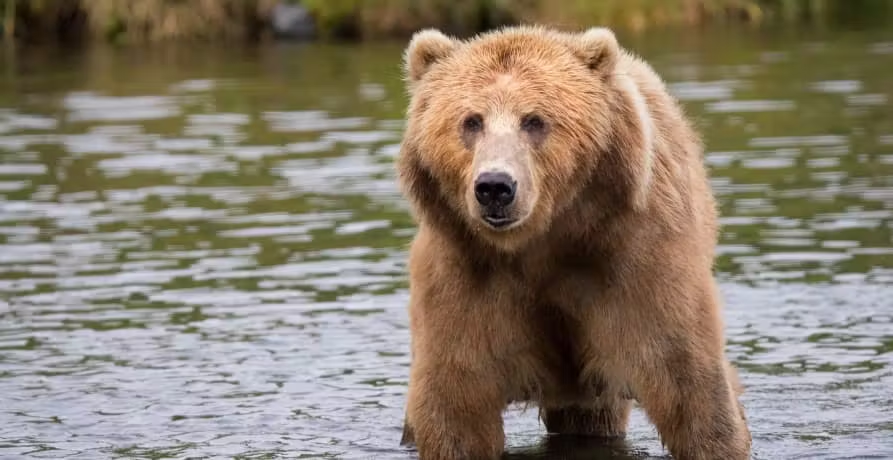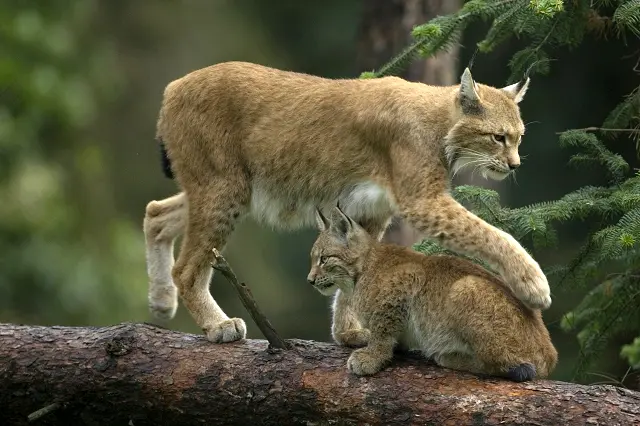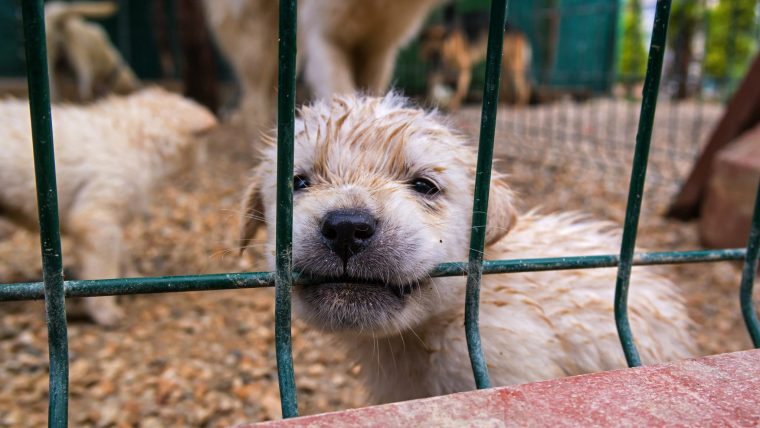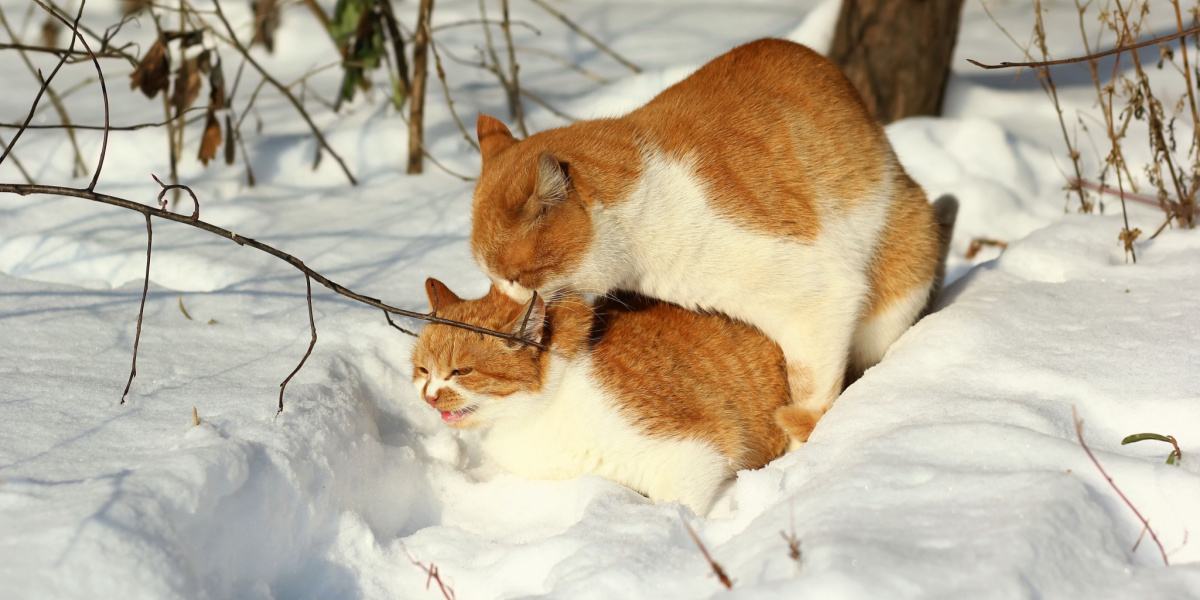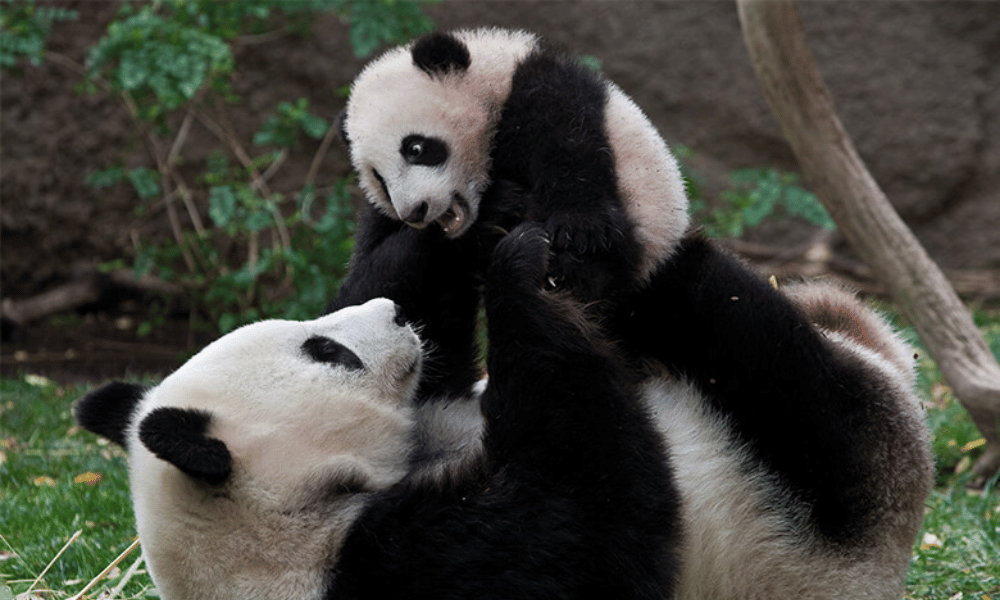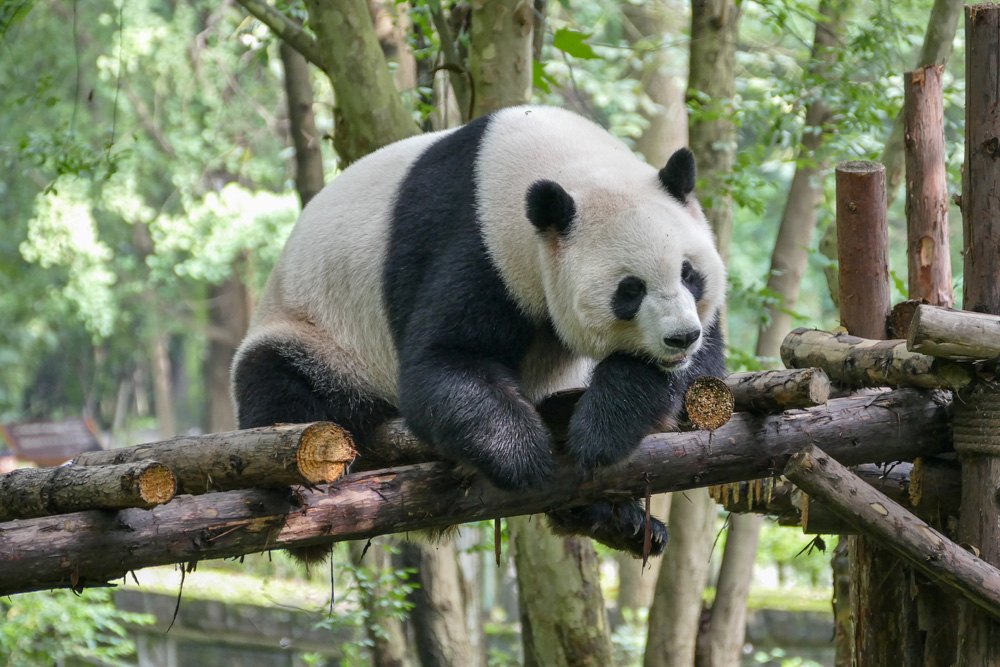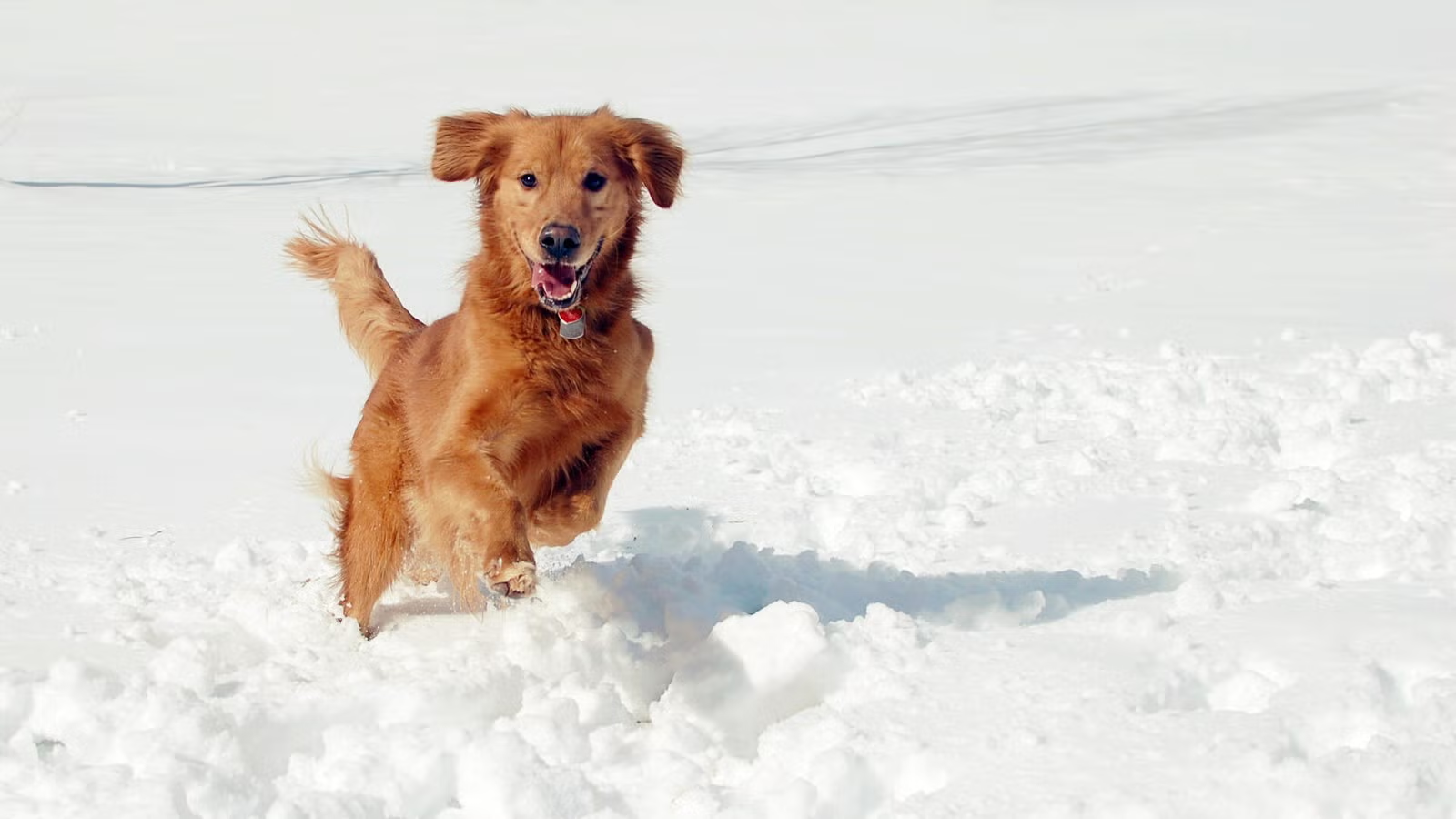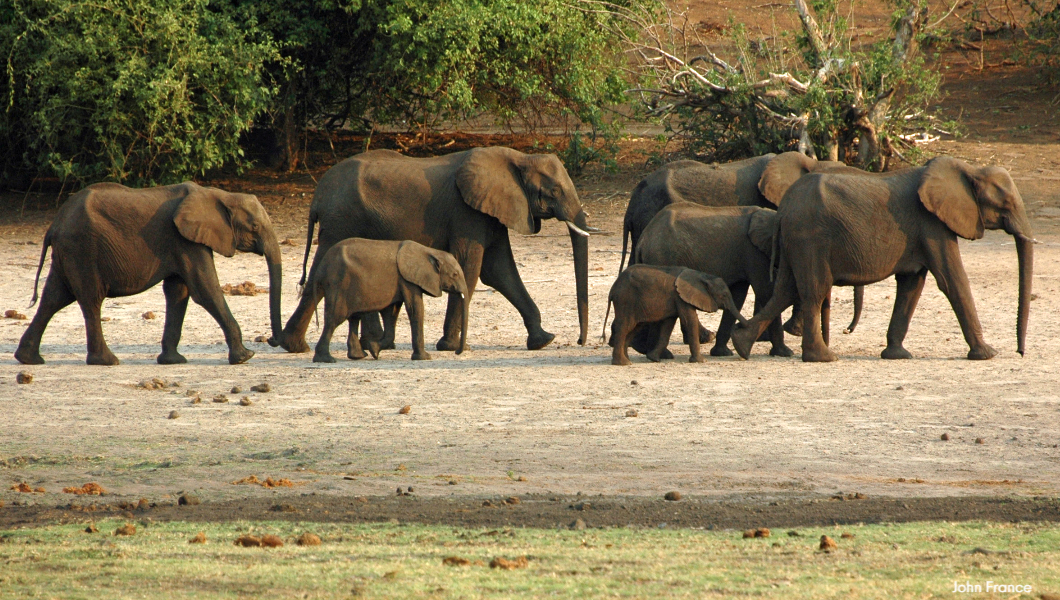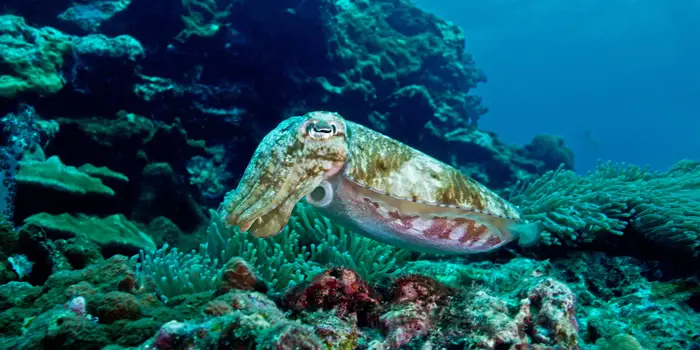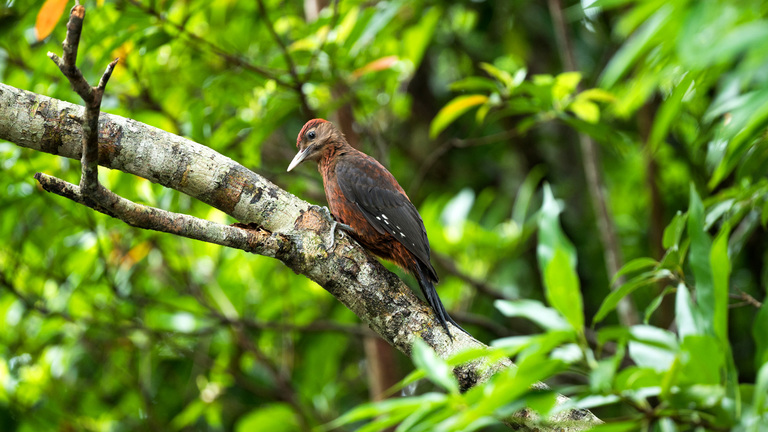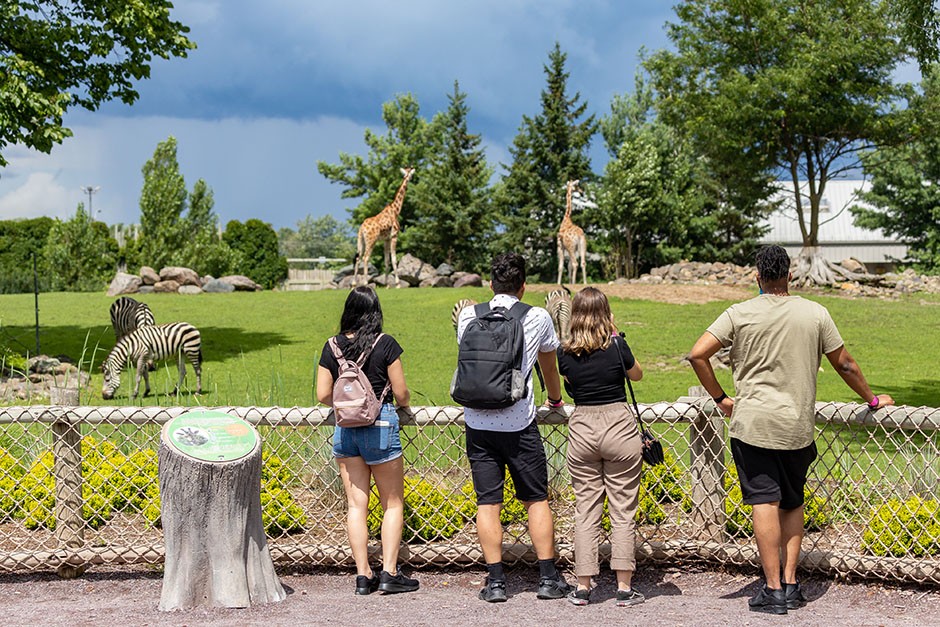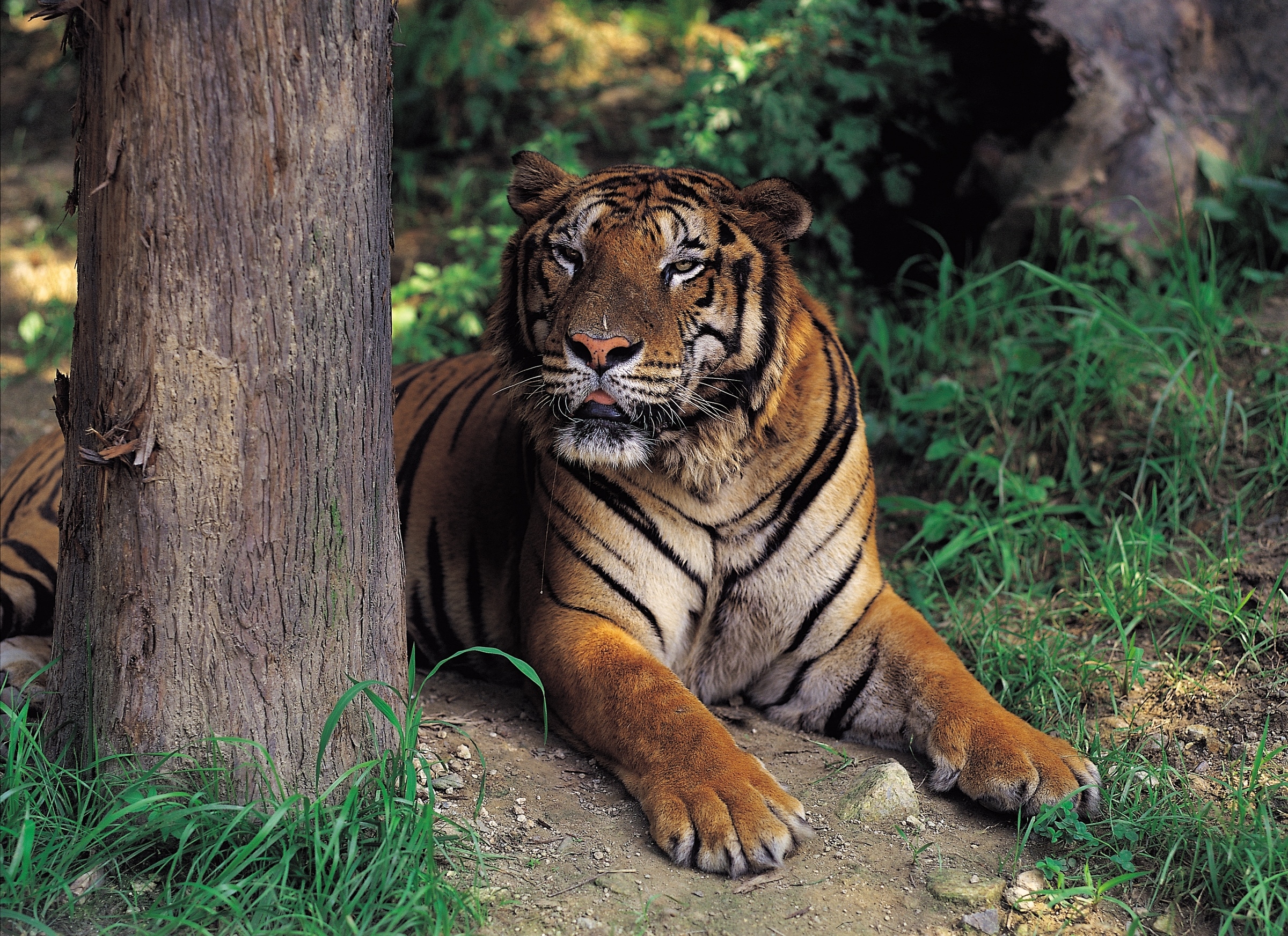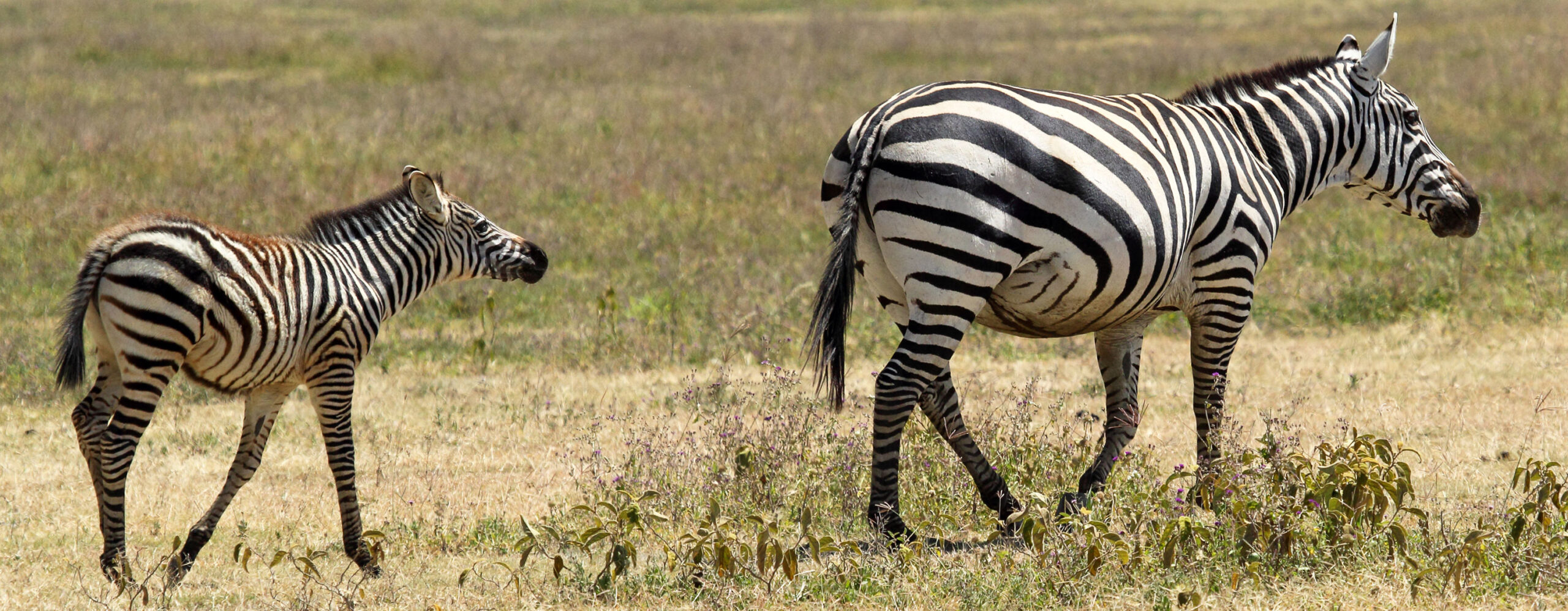Step into a world where a lion’s roar echoes through the savanna, a tiny seahorse dances in coral reefs, and a bald eagle soars above misty mountains. The animal kingdom is a vibrant tapestry of life, filled with creatures that awe and inspire. From the depths of oceans to the peaks of forests, animals shape ecosystems and teach us resilience, cooperation, and survival. This journey inside the animal kingdom reveals their behaviors, habitats, and the urgent need to protect them, blending science with stories that stir the soul.
What Is the Animal Kingdom?
The animal kingdom, or Kingdom Animalia, encompasses all multicellular organisms capable of movement and sensory response, from ants to elephants. It’s a diverse group, with over two million known species, each playing a unique role in Earth’s ecosystems. Exploring their lives offers insights into nature’s balance and our place within it.
Defining Characteristics
Animals are heterotrophic, relying on other organisms for food, and most can move independently. They range from simple sponges to complex mammals, all sharing cellular structures without rigid cell walls. This diversity drives ecosystems, from pollination to predation.
Evolutionary Roots
Life began in oceans over 600 million years ago, with animals evolving from single-celled ancestors. Fossils reveal how fish led to amphibians, then reptiles, birds, and mammals. Understanding this history, as shared by National Geographic, connects us to their story.
The Diversity of Animal Life
The animal kingdom spans five major groups: mammals, birds, reptiles, amphibians, and fish, plus countless invertebrates. Each group thrives in unique ways, from desert lizards to Arctic whales. Their adaptations highlight nature’s creativity and resilience.
Mammals: Warm-Blooded Wonders
Mammals, like dolphins or tigers, nurse young and regulate body heat. Their intelligence and social bonds, seen in elephant herds, fascinate researchers. About 6,400 species exist, per World Atlas.
Birds: Masters of the Skies
Birds, with 10,000 species, dazzle with flight and vibrant plumage. From hummingbirds to ostriches, their adaptations suit every niche. Migration patterns, like those of Arctic terns, showcase endurance.
Reptiles and Amphibians: Ancient Survivors
Reptiles, like crocodiles, and amphibians, like frogs, thrive in diverse climates. Reptiles’ scales protect, while amphibians’ moist skin aids breathing. Their survival through eons inspires awe.
Fish and Invertebrates: Ocean’s Backbone
Fish, from clownfish to sharks, dominate waters with 33,000 species. Invertebrates, like jellyfish or insects, make up 97% of animal species. Their roles, from coral-building to pollination, are vital.
How Animals Shape Ecosystems
Animals aren’t just inhabitants; they’re architects of their environments. Bees pollinate crops, wolves control deer populations, and coral reefs shelter marine life. Their absence would unravel food webs, showing their critical role.
Keystone Species
Keystone species, like sea otters, have outsized impacts. Otters protect kelp forests by eating sea urchins, preserving habitats. Losing them, as WWF notes, disrupts entire ecosystems.
Pollinators and Seed Dispersers
Bees and bats pollinate 35% of global crops, per FAO. Birds like hornbills spread seeds, regenerating forests. Their work sustains biodiversity and human food systems.
Predators and Prey Dynamics
Predators like cheetahs maintain balance by controlling prey numbers. This prevents overgrazing, as seen in Yellowstone’s wolf reintroduction. Healthy predator-prey cycles ensure thriving ecosystems.
Animal Behaviors That Captivate
Animals exhibit behaviors that mirror human emotions—dolphins play, elephants mourn, and crows solve puzzles. These actions reveal intelligence and social structures that deepen our connection to them.
Social Structures
Elephants form tight-knit families, led by matriarchs, sharing knowledge across generations. Meerkats cooperate in sentinel duties, showing teamwork. These bonds, studied by Animal Planet, reflect complex societies.
Communication Methods
Whales sing across oceans, while bees dance to share food locations. Chimpanzees use gestures, with over 60 distinct signs noted by researchers. These systems rival human communication in creativity.
Intelligence and Problem-Solving
Octopuses escape tanks, and ravens use tools, showcasing remarkable cognition. Studies from Smithsonian show crows rival primates in problem-solving. Their ingenuity challenges our view of intelligence.
Threats Facing the Animal Kingdom
Despite their resilience, animals face unprecedented threats from human activity. Habitat loss, poaching, and climate change endanger millions of species, with 25% at risk, per IUCN.
Habitat Destruction
Deforestation and urbanization destroy homes, from Amazon rainforests to coral reefs. Over 50% of wetlands are gone since 1900. Protecting habitats, as urged by Conservation International, is critical.
Poaching and Illegal Trade
Rhinos and pangolins face extinction due to poaching for horns and scales. The illegal pet trade threatens parrots and turtles. Stronger laws, like CITES, aim to curb this crisis.
Climate Change Impacts
Rising temperatures disrupt migration and breeding, affecting polar bears and coral reefs. Ocean acidification kills marine life, per NOAA. Sustainable practices can mitigate these effects.
Conservation: Heroes of the Animal Kingdom
Conservationists work tirelessly to save species, from rewilding tigers to cleaning oceans. Community efforts and global policies offer hope, proving we can reverse damage with dedication.
Success Stories
The bald eagle’s recovery, thanks to DDT bans, shows conservation’s power. India’s Project Tiger boosted populations by 30% since 2006. These wins, per WWF, inspire action.
Community Involvement
Local communities in Kenya protect elephants through patrols, reducing poaching. Indigenous groups in Borneo replant forests for orangutans. Their involvement ensures lasting impact.
Global Initiatives
Agreements like the Paris Accord and organizations like UNEP drive large-scale change. Funding habitat restoration and anti-poaching efforts saves countless species.
Comparing Animal Groups
Each animal group offers unique contributions and faces distinct challenges. Understanding these differences guides conservation priorities and deepens appreciation.
| Group | Key Traits | Ecosystem Role | Threats |
|---|---|---|---|
| Mammals | Warm-blooded, nurse young | Predators, seed dispersers | Poaching, habitat loss |
| Birds | Feathers, flight (most) | Pollinators, pest control | Pesticides, deforestation |
| Reptiles | Scales, cold-blooded | Predators, prey balance | Habitat loss, pet trade |
| Amphibians | Moist skin, dual life cycles | Pest control, indicators | Pollution, climate change |
| Fish | Gills, aquatic | Food chain base | Overfishing, pollution |
This table highlights the diversity and interconnected roles of animals, urging targeted protection.
Pros and Cons of Conservation Efforts
Conservation saves species but faces hurdles. Balancing benefits and challenges ensures effective strategies.
Pros
- Species Recovery: Programs revive populations, like the black rhino.
- Ecosystem Health: Protecting animals preserves forests and oceans.
- Economic Benefits: Ecotourism, like in Costa Rica, boosts local economies.
- Biodiversity Preservation: Saves pollinators critical for crops.
- Global Awareness: Campaigns educate millions, per National Geographic.
Cons
- High Costs: Sanctuaries and patrols require millions annually.
- Slow Progress: Species like pandas recover slowly due to low birth rates.
- Human-Wildlife Conflict: Lions threaten livestock, causing tension.
- Policy Gaps: Weak enforcement in some regions hampers efforts.
- Climate Uncertainty: Warming complicates long-term planning.
Real-Life Animal Encounters
Last summer, I stood in Costa Rica’s rainforest, watching a sloth move with deliberate grace. Its calm taught me patience, a lesson echoed by locals protecting its home. In Kenya, a ranger shared how his community saved elephants by building water points, reducing farm raids. These moments show animals’ impact on humans.
In Japan, a diver friend described swimming with manta rays, their elegance inspiring her to join cleanups. A volunteer in India spoke of releasing turtle hatchlings, her joy infectious as they reached the sea. My neighbor’s rescue dog, once scared, now thrives, mirroring her own healing. These stories tie us to the animal kingdom’s magic.
Where to Explore the Animal Kingdom
Discover wildlife through sanctuaries, zoos, and reserves. Visit San Diego Zoo or Kenya’s Maasai Mara for immersive experiences. Volunteer with WWF for hands-on conservation.
Online, National Geographic’s Animal Hub offers videos and articles. Apps like Seek by iNaturalist identify species during hikes. Local parks often host guided tours, connecting you to nature.
Best Tools for Animal Enthusiasts
Equip yourself with binoculars like Nikon Prostaff for birdwatching or GoPro cameras for underwater footage. Apps like Merlin Bird ID identify species by sound. Books like “The Hidden Life of Trees” deepen understanding.
Join AllTrails for wildlife-friendly hikes. Support conservation with donations via Conservation International. Citizen science platforms like Zooniverse let you contribute to research.
People Also Ask: Common Questions Answered
Real Google questions about the animal kingdom:
- What is the animal kingdom? It’s a biological classification of multicellular, mobile organisms, from insects to whales, vital for ecosystems.
- How many species are in the animal kingdom? Over two million, with insects dominating at 97%, per World Atlas.
- Why are animals important to ecosystems? They pollinate, control pests, and balance food webs, supporting human survival.
- What threatens the animal kingdom? Habitat loss, poaching, and climate change endanger 25% of species, per IUCN.
- How can I help protect animals? Support conservation, reduce waste, and volunteer locally, like with WWF.
FAQ: Your Top Queries on the Animal Kingdom
What’s the difference between vertebrates and invertebrates?
Vertebrates have backbones, like mammals and birds; invertebrates, like jellyfish, lack them, making up 97% of species. Both are vital to ecosystems.
How can I learn more about animals?
Visit zoos, read National Geographic, or use apps like iNaturalist. Local wildlife centers offer workshops and tours.
Are there endangered animals near me?
Check IUCN Red List for local species. Many regions have at-risk birds or amphibians needing protection.
What’s the best way to support conservation?
Donate to WWF or volunteer locally. Choose sustainable products to reduce habitat destruction.
Can kids get involved in animal conservation?
Yes, programs like San Diego Zoo’s Kids Club offer activities. Schools often host wildlife education events.
The animal kingdom is a masterpiece of survival and beauty, from clever octopuses to loyal wolves. Their stories remind us of nature’s fragility and our role in protecting it. Explore more with our wildlife guide or support efforts via Conservation International. Let’s keep the animal kingdom thriving for generations.
(Word count: 2,528)
